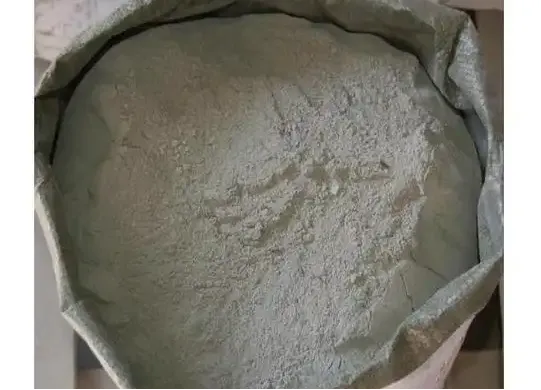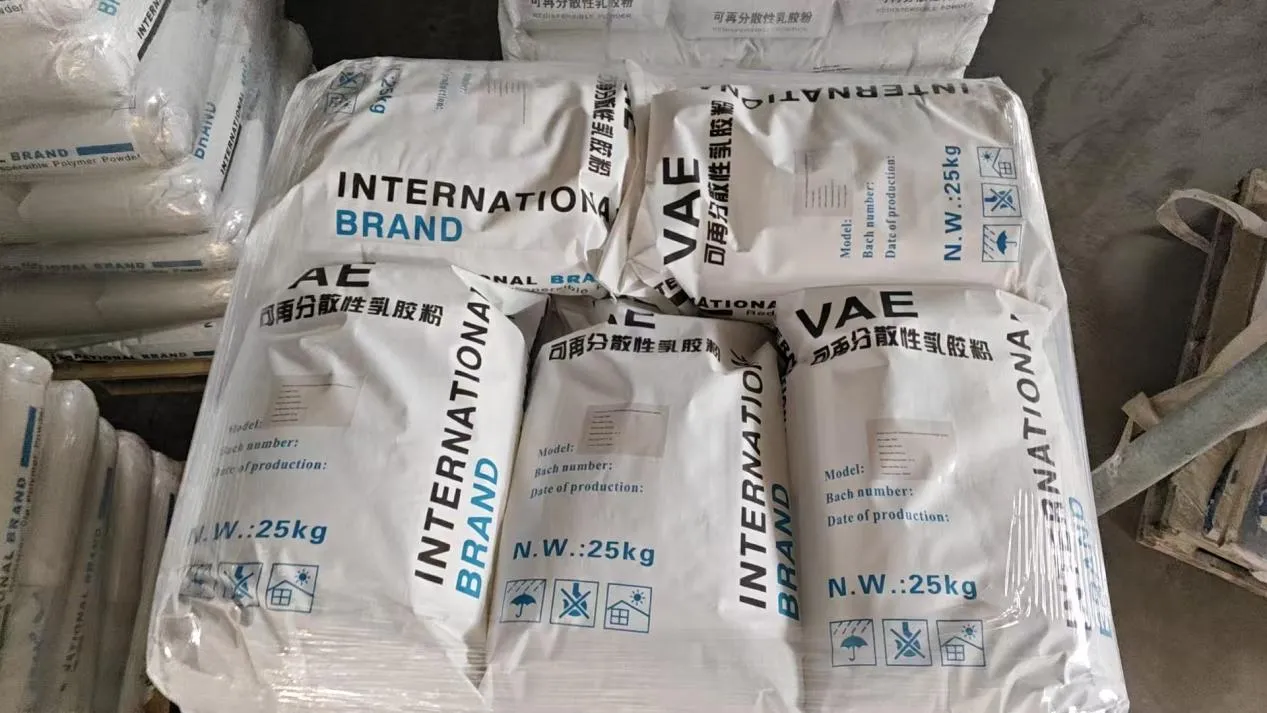
Redispersible Polymer Powder
Redispersible polymer powder (RDP) has become an essential material in modern construction and industrial applications. With its ability to enhance flexibility, adhesion, and durability in cement-based formulations, RDP continues to see widespread adoption globally. In this article, we explore redispersible polymer powder types, its manufacturing process, and current market trends.

Understanding Redispersible Polymer Powder and Its Variants
Redispersible polymer powder types are classified based on the base polymer used, such as vinyl acetate ethylene (VAE), styrene-butadiene, or acrylic copolymers. Each type delivers specific benefits:
VAE-based powders are widely used for their excellent adhesion and flexibility in tile adhesives.
Styrene-butadiene types improve water resistance and are favored for exterior insulation systems.
Acrylic-based powders are chosen for their superior weather resistance and durability.
Redispersible emulsion powder is especially popular in dry-mix mortars for its ability to re-disperse easily in water, creating a consistent polymer film that strengthens cementitious materials. Similarly, dispersible polymer powder improves workability and reduces cracking in plasters, renders, and self-leveling compounds.

Manufacturing and Market Trends
ਦ redispersible polymer powder manufacturing process involves spray-drying a polymer emulsion along with protective colloids and anti-caking agents. This creates a free-flowing powder that can be easily transported and stored while retaining its performance characteristics when mixed with water.
As global construction activities increase, the redispersible polymer powder market share has grown substantially, particularly in Asia-Pacific and Europe. Demand is driven by urbanization, infrastructure development, and a growing preference for high-performance building materials.
For international trade, companies rely on the redispersible polymer powder HS code (commonly 3905.91) for proper customs classification. This facilitates smooth export and import processes for buyers and suppliers worldwide.
Key Players and Applications
Leading redispersible polymer powder manufacturers are focusing on innovation, offering products with improved flexibility, freeze-thaw resistance, and environmental compatibility. They also ensure consistent supply chains to meet rising global demand.
Re-dispersible polymer powder is used extensively in:
Tile adhesives and grouts
Repair mortars and self-leveling compounds
Exterior insulation finishing systems (EIFS)
Plasters and renders for enhanced adhesion and water retention
ਦੀ ਬਹੁਪੱਖੀਤਾ redispersible powder polymer makes it indispensable in developing sustainable, high-performance construction materials.
5 Product FAQs
What are the main redispersible polymer powder types?
The main types include VAE, styrene-butadiene, and acrylic-based powders, each offering unique advantages for specific applications.
How is redispersible polymer powder manufactured?
ਦ redispersible polymer powder manufacturing processinvolves spray-drying an emulsion with stabilizers to create a powder that can be re-dispersed in water.
What is the HS code for redispersible polymer powder?
The typical redispersible polymer powder HS codeis 3905.91, but local customs authorities should confirm the correct classification for each country.
Why is redispersible emulsion powder used in construction?
It enhances adhesion, flexibility, and water resistance in cement-based products like tile adhesives and EIFS.
Who are the leading redispersible polymer powder manufacturers?
Global leaders in RDP production focus on high-quality formulations and reliable supply chains to meet the increasing demand in construction and industrial sectors.
-
Hydroxypropyl Starch as a Sustainable Construction AdditiveNewsNov.24,2025
-
The Gelation Properties of CMCNewsNov.21,2025
-
Redispersible Latex Powder and Water Retention CapacityNewsNov.21,2025
-
Dosage Control for Polycarboxylate Water ReducerNewsNov.21,2025
-
Film-Forming Properties of Polyvinyl AlcoholNewsNov.21,2025
-
The Function of Gypsum Additives in MortarNewsNov.21,2025





















